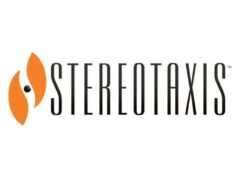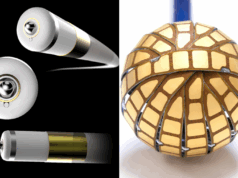
Boston Scientific subcutaneous implantable defibrillator (S-ICD) system showed a significant reduction in major lead-related complications when compared with both single and dual chamber transvenous implantable defibrillator (TV-ICD) systems. The analysis was presented at European Heart Rhythm Association (EHRA) EUROPACE 2013 (23–26 June 2013, Athens, Greece) by Jens Brock Johansen, Odense University Hospital, Odense, Denmark.
The authors of the poster presentation analysed the rate of surgical complications in S-ICD patients reported in the Boston Scientific EFFORTLESS S-ICD international post-market registry compared to a nationwide cohort of first single chamber and dual chamber TV-ICD implantations derived from the Danish ICD Register. More than 1,000 patients were analysed.
According to a company release, TV-ICDs require a lead to be connected to the heart to sense and defibrillate, whereas the S-ICD system utilises an electrode that sits just under the skin, leaving the heart and vasculature untouched.
Results:
- Significantly lower rate of major lead complications (lead-related reintervention, pneumothorax, cardiac perforation) for the S-ICD system (1.4% when compared with single chamber TV-ICDs (4.3%; p<0.05)
- Significantly lower rate of major lead complications for the S-ICD system (1.4%)when compared with dual chamber TV-ICDs (5.4%; p<0.01)
- Fewer surgical complications for the S-ICD system (7.9%) when compared with conventional TV-ICDs (11.5%; p=0.06)
- No difference in the rate of pocket revision or major haematoma
“The benefits of the S-ICD system leaving the heart and vasculature untouched are becoming more evident,” said Johansen. “These are very exciting outcomes, since implanting an S-ICD system is relatively new compared with implanting transvenous ICDs. Having supportive outcomes in the acute phase is incredibly important and I am optimistic about the potential benefits the S-ICD system may have in the long term.”
NICE guidance
In addition to the data presented at EUROPACE, The National Institute for Health and Care Excellence (NICE) in the UK recently issued guidance on the use of the S-ICD system to treat patients with ventricular arrhythmias. The guidance, from the Institute’s Interventional Procedures Advisory Committee (IPAC) acknowledges that current evidence on the preventive role of S-ICD in sudden cardiac death is adequate in the short and mid-term.
“This is very positive news for patients requiring protection against sudden cardiac death and ventricular arrhythmias” said Trudie Lobban, founder and chief executive of the Arrhythmia Alliance, the heart rhythm charity.
“The NICE interventional procedure guidance on the insertion of the S-ICD system is a welcome step in the development of this new therapy,” said Andrew Grace, consultant cardiologist at Papworth Hospital, Cambridge, UK. “The guidance complements the growing evidence supporting its application in a larger patient pool.”
The S-ICD system has been available in European countries since July 2009 and was approved in the USA by the Food and Drug Administration (FDA) in September 2012.









